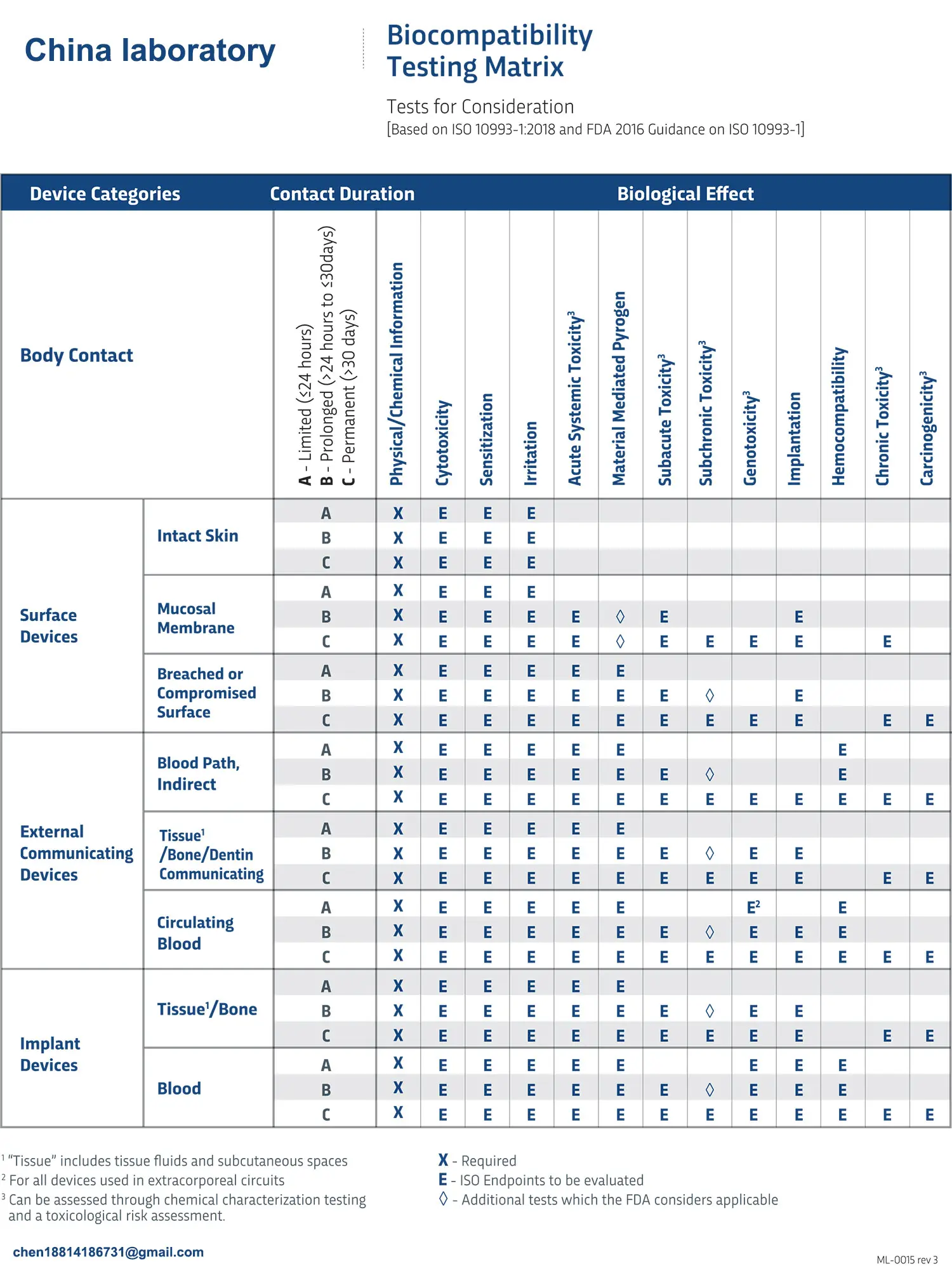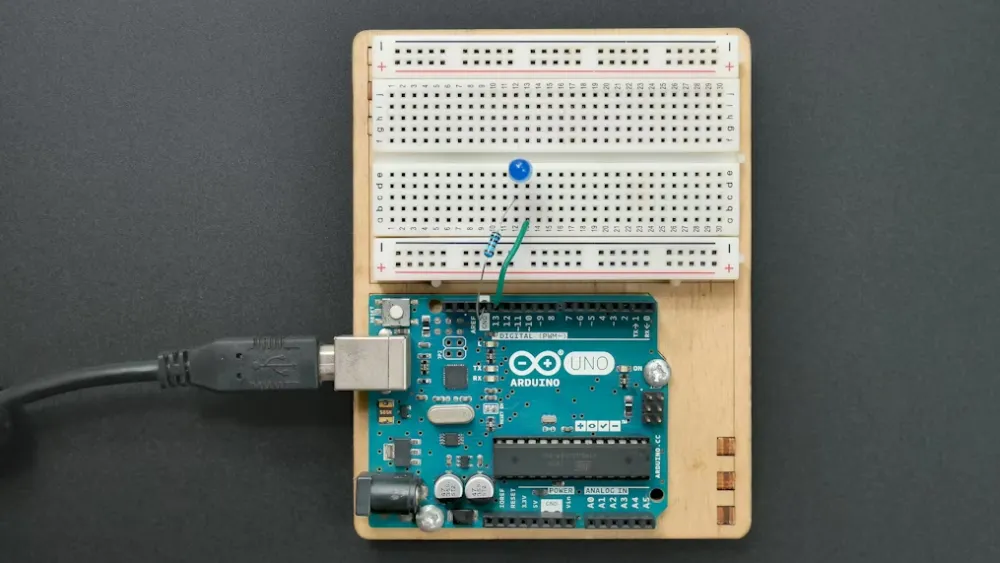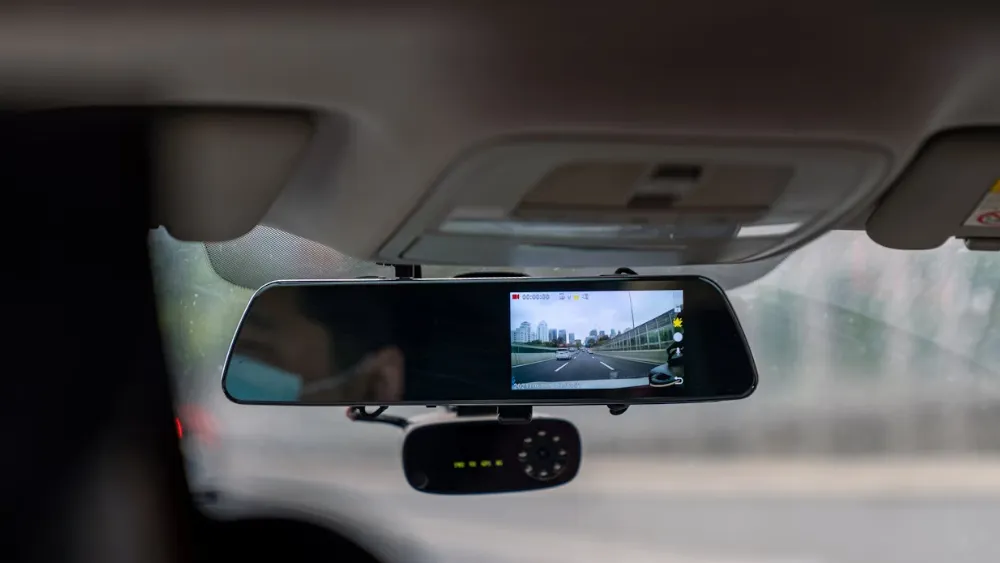
Biocompatibility Testing FDA Guidance
biocompatibility testing Overview
biocompatibility testing evaluates the compatibility of medical devices and materials with biological systems. It primarily assesses the response of living tissues to non-active materials to ensure that they do not elicit adverse reactions when in contact with human tissues or blood. These tests are essential for medical devices that come into direct contact with human tissues or fluids.

Key Biocompatibility Tests
The routine "big three" biocompatibility tests include:
1. In Vitro cytotoxicity testing
These tests evaluate the biological risks of materials in terms of tissue and blood compatibility, aiming to avoid adverse reactions.
Typical processing time for routine tests is generally 7–8 weeks, while sensitization testing alone may take 4–6 weeks.
Details of Routine Biocompatibility Tests
1. Cytotoxicity Testing
This test evaluates whether materials induce toxic effects on cells. It is required for all medical devices. The primary reference standard is iso 10993-5 and GB/T 16886.5-2003. Common equipment includes autoclaves, CO₂ incubators, inverted microscopes, and enzyme-linked immunoassay instruments. The test samples are typically extracts prepared in MEM with 10% fetal bovine serum, and mouse fibroblast cells are used as test subjects.
2. Skin Irritation Testing
This test examines the potential for materials to release chemicals that cause irritation to skin, mucosa, or eyes. It follows iso 10993-23:2021 and GB/T 16886.10-2017 standards. Equipment such as autoclaves, incubators, and digital balances are used. Test samples are prepared in 0.9% saline solution, with New Zealand white rabbits serving as test subjects.
3. Sensitization Testing
This test assesses allergic reactions caused by repeated or prolonged exposure to chemicals. The primary standards are iso 10993-10:2021. Common equipment includes balances, autoclaves, and shakers. Test samples are prepared in sesame oil, and guinea pigs are used as test subjects.
Additional Biocompatibility Testing Categories
In addition to the "big three," additional tests may be required based on the device’s risk level and intended use. These include acute, subacute, and chronic systemic toxicity tests; mutagenicity and genotoxicity tests such as the Ames test and chromosomal aberration test; blood compatibility tests like thrombosis, coagulation, and hemolysis tests; implantation tests for muscle, subcutaneous, and bone implantation; and degradation and biodegradation tests.
Regulatory Framework
Biocompatibility evaluations follow ISO 10993 and GB/T 16886 standards. These standards outline the processes for identifying material composition, performing chemical characterization, and conducting biological evaluations for medical devices and materials. In vitro diagnostic devices that do not directly contact humans are exempt from these tests.
For example:
- In Vitro Cytotoxicity adheres to ISO 10993-5 and GB/T 16886.5 standards.
- Sensitization Testing follows ISO 10993-10 and GB/T 16886.10 standards.
- Skin Irritation Testing complies with ISO 10993-10 and ISO 10993-23.
- Blood Compatibility testing uses ISO 10993-4 as the guideline.
- Material Characterization relies on ISO 10993-18.
Principles of Biocompatibility Testing
1. Biosafety Principle: Ensures materials do not cause harmful effects, such as cytotoxicity or carcinogenicity.
2. Biofunctionality Principle: Evaluates materials' ability to support appropriate biological responses for their intended medical use.
Future Trends in Biocompatibility Evaluation
The development of advanced molecular biology techniques is transforming biocompatibility testing from cellular and tissue-level evaluations to molecular-level analyses. Innovations focus on minimizing animal testing through advanced in vitro methods, developing fast and specific evaluation systems, and understanding the systemic interaction between materials and biological systems.
Biocompatibility testing is critical for ensuring the safety and efficacy of medical devices, forming a foundational step before clinical trials and market entry.
Email:hello@jjrlab.com
Write your message here and send it to us
 EU Walkie-Talkie Testing Standards (30MHz–1000MHz)
EU Walkie-Talkie Testing Standards (30MHz–1000MHz)
 EU Compliance Certification Requirements for Tread
EU Compliance Certification Requirements for Tread
 EU Amazon & TEMU Compliance for Wireless Produ
EU Amazon & TEMU Compliance for Wireless Produ
 Bluetooth BQB Compliance Protocol Testing
Bluetooth BQB Compliance Protocol Testing
 Audio-Visual Equipment CE EN 62368 Testing Process
Audio-Visual Equipment CE EN 62368 Testing Process
 Amazon Portable Power Station Direct Validation Gu
Amazon Portable Power Station Direct Validation Gu
 What is the Japan PSE JIS C 62368-1:2020 Test
What is the Japan PSE JIS C 62368-1:2020 Test
 JIS C 62368-1 Electrical Safety Testing Standard
JIS C 62368-1 Electrical Safety Testing Standard
Leave us a message
24-hour online customer service at any time to respond, so that you worry!




